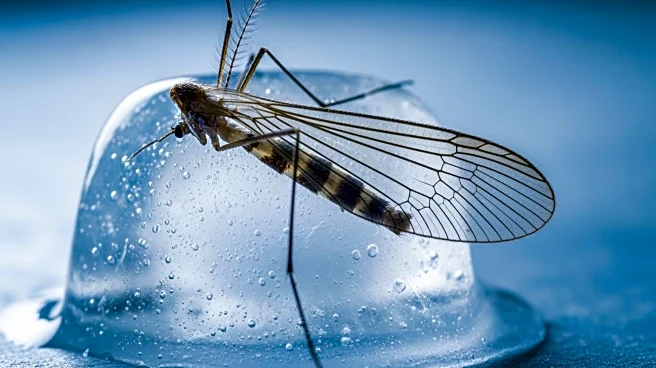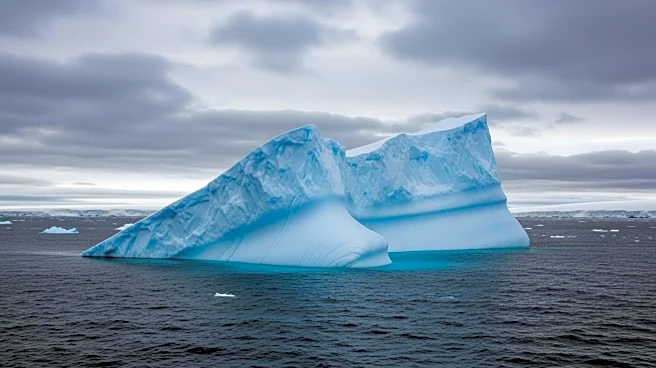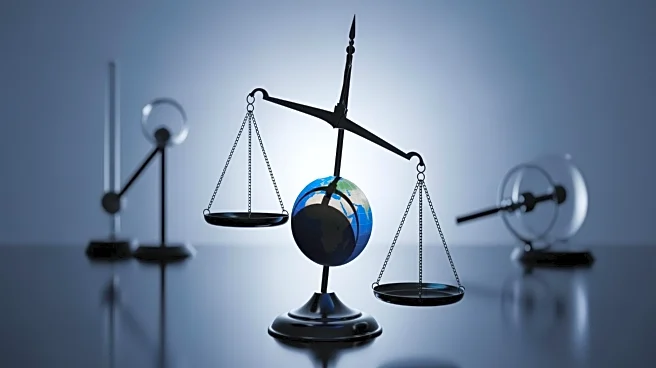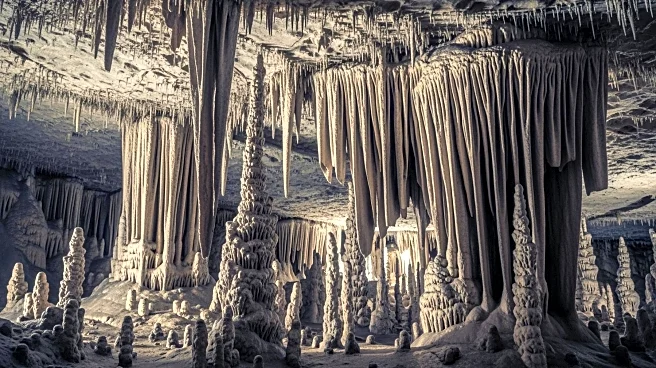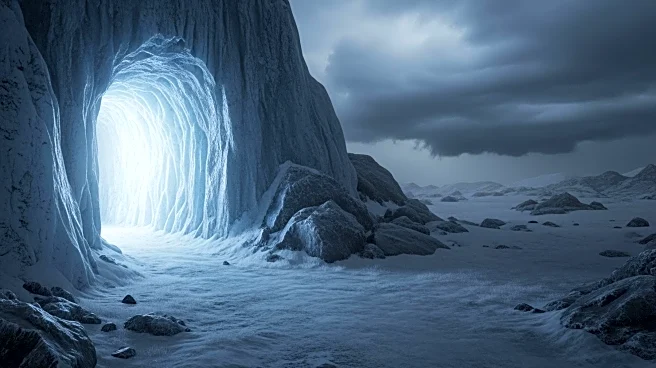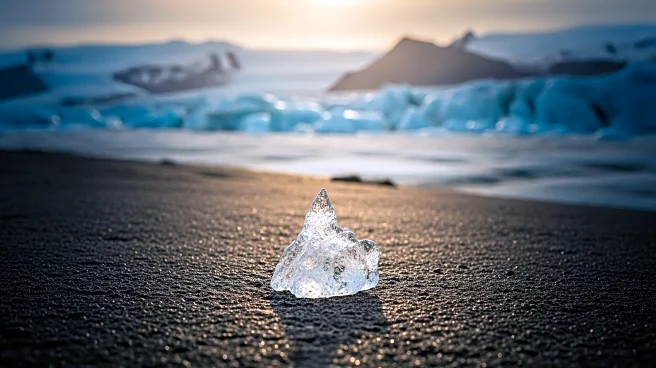What's Happening?
A study published in Scientific Reports warns against the use of stratospheric aerosol injections (SAI) as a climate solution. SAI involves dispersing sunlight-reflecting particles in the atmosphere to cool the planet, similar to volcanic eruptions. The
study highlights the potential unintended consequences of SAI, including disruptions to monsoons, jet streams, and global air circulation. Researchers emphasize the complexity and unpredictability of SAI, suggesting it may be more dangerous than previously thought.
Why It's Important?
The study challenges the viability of SAI as a one-size-fits-all solution for global warming, highlighting the potential risks and complexities involved. The findings underscore the need for coordinated, centralized approaches to geoengineering, which may be difficult to achieve given current global affairs. The research calls for caution in pursuing SAI as a climate intervention, emphasizing the importance of understanding its broader implications.
What's Next?
The study suggests that further research is needed to explore alternative geoengineering methods and assess their potential risks and benefits. Policymakers and scientists are encouraged to consider the complexities of SAI and prioritize sustainable climate solutions that minimize unintended consequences.
Beyond the Headlines
The study serves as a reminder of the challenges in finding effective solutions for human-driven global warming. It emphasizes the importance of considering the broader environmental, political, and economic contexts when evaluating geoengineering strategies.


